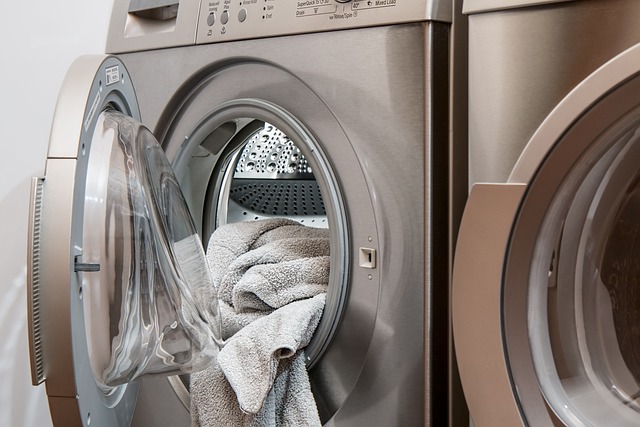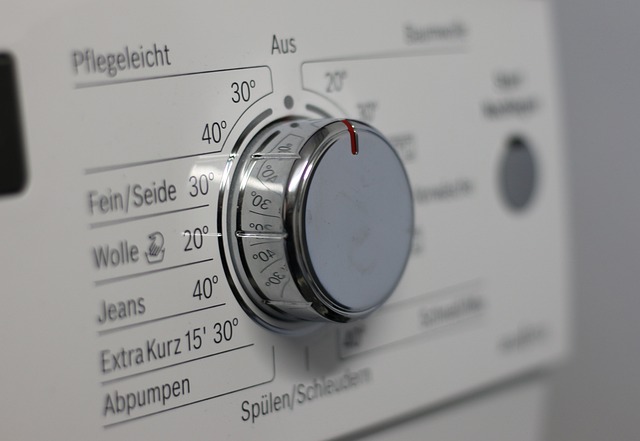Sept. 4, 2025 / Industry News
Washing machines have become an indispensable part of modern households,
streamlining the mundane task of laundry and freeing up time for other pursuits.
The global washing machine market is a testament to this ubiquitous appliance,
with a projected value of over USD 121.53 billion by 2030. This growth is fueled
by urbanization, rising disposable incomes.
1. Market Segmentation
The washing machine market can be segmented into distinct categories based on
various factors:
Type: Top-loading washers, front-loading washers,
semi-automatic washers, and fully automatic washers each offer unique advantages
and cater to specific preferences.
Capacity: Washing machines come in various capacities,
typically ranging from less than 6 kg to more than 8 kg, to accommodate
different household sizes and laundry needs.
Technology: Conventional washing machines rely on
traditional washing methods, while smart washing machines incorporate advanced
features like connectivity, self-diagnosis, and personalized settings.
2. Regional Dynamics
Europe and North America also hold significant market shares, while emerging
markets in Asia and Africa are expected to witness substantial growth in the
coming years. Latin America, Middle East and Africa are emerging markets with
significant untapped potential. Consumers in Asia Pacific and Latin America are
more price-sensitive, while consumers in Europe and North America are willing to
pay more for premium features. The availability of electricity and water
infrastructure can vary significantly across different regions, which can impact
the demand for certain types of washing machines.
3. Consumer Preference
The washing machine market is characterized by intense
competition among a few major players, including Samsung Electronics, Haier
Group, LG Electronics, Bosch, Whirlpool, and Smad. These companies continuously
innovate and differentiate their products to capture market share. There are ywo main models:

Top-loading washers:
Top-loading washing machines are still a popular choice for many consumers,
and they offer several advantages over front-loading washing machines,
including:
Easier to load and unload: Top-loading washing machines are easier to load
and unload than front-loading washing machines, especially for people who have
difficulty bending or kneeling.
Can add clothes mid-cycle: Top-loading washing machines typically allow you
to add clothes mid-cycle, which is not possible with front-loading washing
machines.
Less expensive: Top-loading washing machines are typically less expensive
than front-loading washing machines.

Front-loading washers:
Front-loading washing machines have become increasingly popular in recent
years due to their numerous advantages, including:
Gentler on clothes: Front-loading washing machines typically use a tumbling
action to clean clothes, which is gentler on fabrics than the agitating action
used by top-loading washing machines. This can help to prevent clothes from
shrinking, fraying, or fading.
More energy efficient: Front-loading washing machines typically use less
water and energy than top-loading washing machines. This can save you money on
your utility bills.
Spin faster: Front-loading washing machines typically spin faster than
top-loading washing machines. This removes more water from the clothes, leaving
them less wrinkled and faster drying.
Can fit into smaller spaces: Front-loading washing machines are typically
more compact than top-loading washing machines, which makes them a good option
for people who have limited space in their laundry rooms.

The washing machine industry is constantly evolving, driven by technological
advancements and consumer demands:The washing machine market is poised for
continued growth in the coming years, fueled by several factors:
Rising disposable incomes: Increasing affluence is expected to drive demand
for higher-end washing machines with advanced features.
Urbanization: The concentration of people in urban areas is likely to boost
demand for compact and efficient washing machines.
Technological advancements: Innovations in artificial intelligence and
robotics are likely to revolutionize washing machine technology.
The washing machine market is a dynamic and ever-evolving landscape, shaped
by consumer preferences, technological advancements, and global trends. As
technology advances and consumer demands evolve, washing machines are poised to
become even more sophisticated and integrated into our daily lives.

As a distributor or store owner of an electric appliance store, it's
important to stay up-to-date on the latest trends and developments in the
industry. This will help you to understand what your customers are looking for
and make sure that you are offering a wide variety of products to meet their
needs. You should also build strong relationships with your suppliers so that
you can get the best possible prices on products. Additionally, you should
invest in training your staff so that they can provide excellent customer
service and help customers find the right products for their needs.
Smad is a leading manufacturer of electric appliances, committed to providing
distributors with a wide range of high-quality products, competitive pricing,
and exceptional customer service. With a deep understanding of consumer needs
and market trends, Smad continuously innovates to deliver products that meet the
highest standards of performance, efficiency, and style. Our commitment to
quality extends to our customer service, where we provide comprehensive support
and training to ensure that distributors have the knowledge and resources they
need to succeed. We are confident that Smad is the ideal partner for
distributors seeking a reliable and innovative supplier of electric
appliances.


